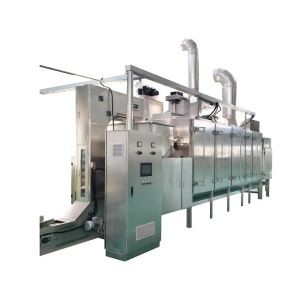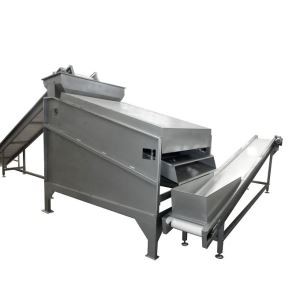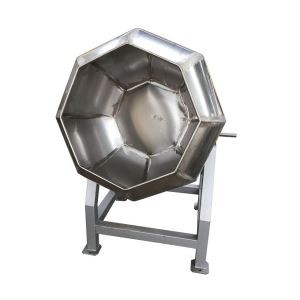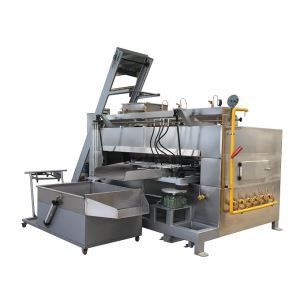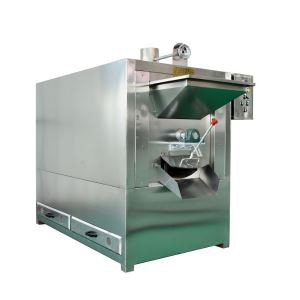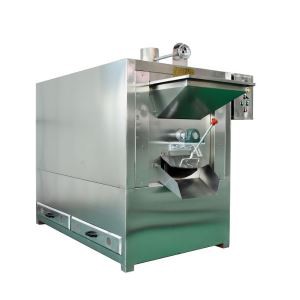Do you know that peanut machinery parts will also fail?
We know that the parts of peanut machinery will inevitably be damaged during use, and failure means that the parts have partially or completely lost their design functions during use. If the parts are completely destroyed and cannot continue to work; or the parts have been severely damaged, if they continue to work, they will lose their safety; or although they can work safely, but the design accuracy has been lost, etc., all phenomena are considered failures.
The common failure modes of mechanical parts can be divided into three types: excessive deformation failure, fracture failure and surface damage failure.
(1) Excessive deformation failure: failure of parts caused by excessive deformation exceeding the allowable range. It mainly includes failure forms such as excessive elastic deformation, plastic deformation and creep occurring at high temperature.
(2) Fracture failure: The phenomenon that parts are separated into two or more unconnected parts due to excessive load or fatigue damage. Fracture is a relatively more serious form of failure, which includes ductile fracture failure, low-temperature brittle fracture failure, fatigue fracture failure, creep fracture failure, and environmental fracture failure.
(3) Surface damage failure: failure caused by damage or dimensional change on the surface of the part due to relative friction of the surface or corrosion of the environmental medium during the work. It mainly includes surface wear failure, corrosion failure, surface fatigue failure and other forms.
It needs to be pointed out that the same kind of mechanical parts often works in more than one failure mode. However, in general, one method always plays a major role in causing parts to fail. The core problem of failure analysis is to find out the main failure modes.



